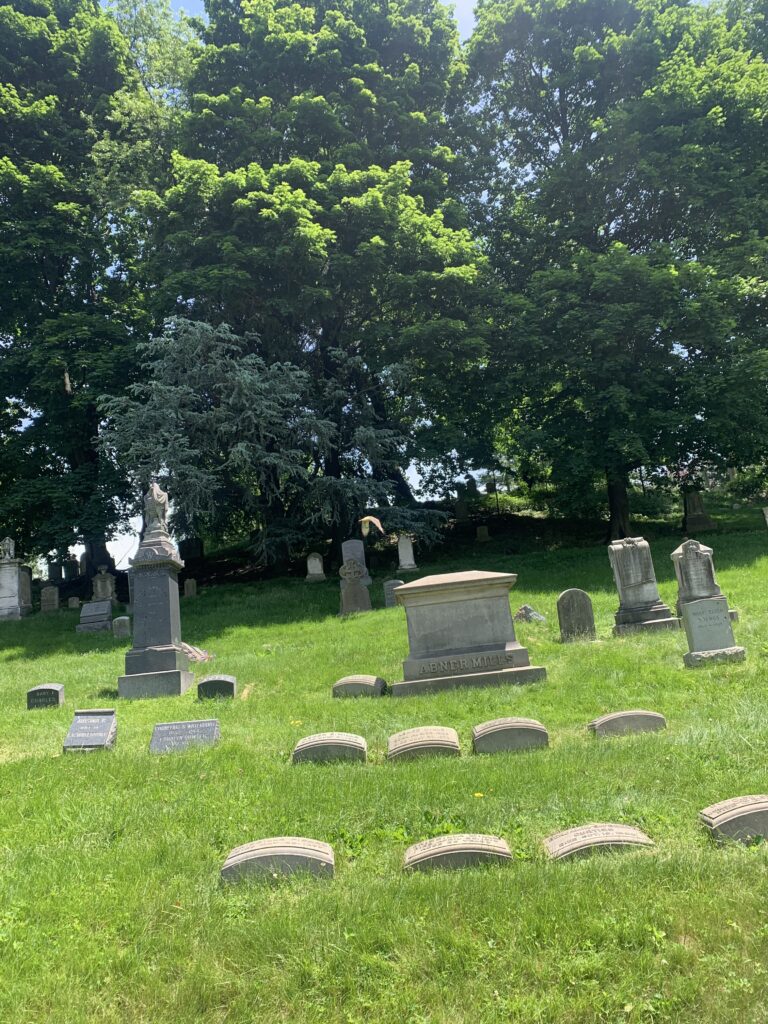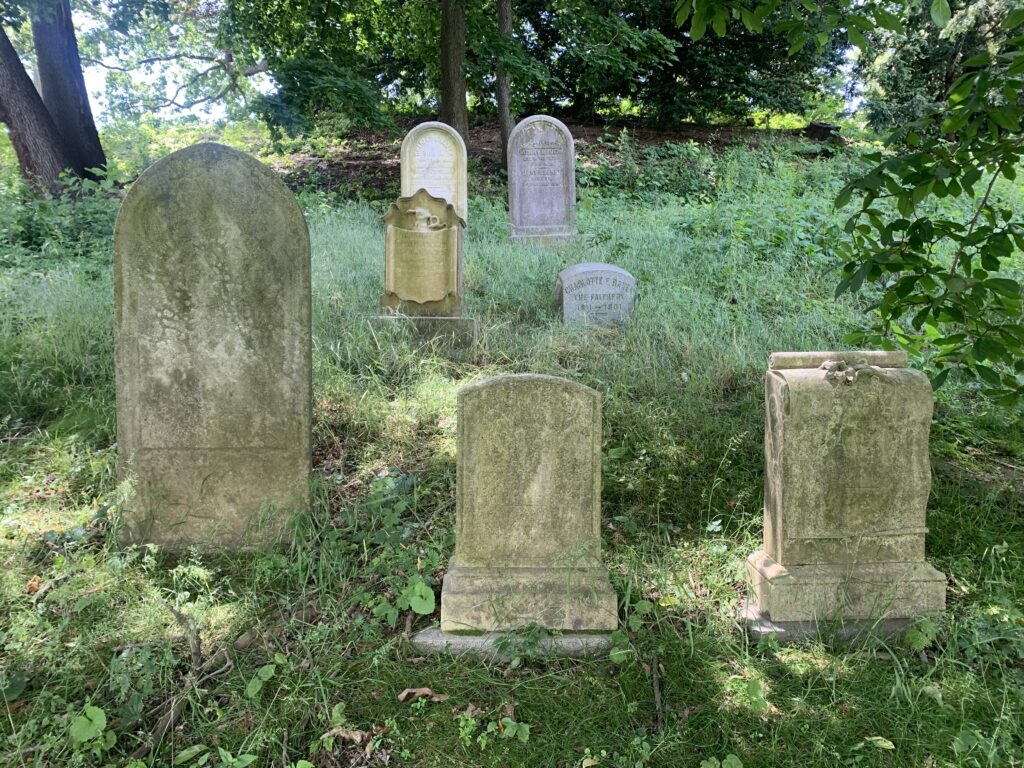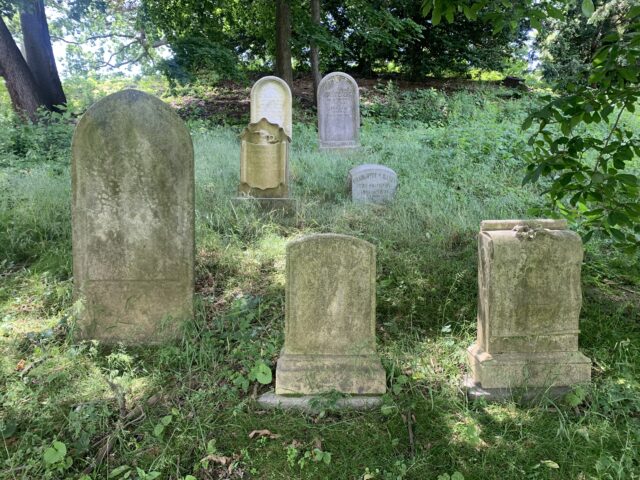Visit to Green-Wood Cemetery
Over the past few weeks, I began my initial research for my Seneca Village Cemetery project by working to discover the history of burial grounds and cemeteries in NYC. I found it a little hard to start my research of course because it has been a beautiful summer so far, and spending time outside right now is just a bit irresistible. However… once I finally got started on my research, I was once again reminded about why I loved the topic of my research in the first place. Believe it or not, NYC’s cemetery history is so extremely extensive, and there have been many ups and downs in getting to where we are today with the gorgeous and massive cemeteries throughout the five boroughs. The reason I started my research with a focus on cemeteries of the past is because of its relationship to the removal of the four cemeteries in Seneca Village as a result of the final no-burial law of the 19th century, one which banned all burials below 86th street where the village was located. Turns out, all these anti-burial laws, first banning new burials below Canal and Grand streets, then 14th street, then finally 86th street, were a result of the spread of diseases like Cholera and Yellow fever due to overflowing gravesites in densely populated areas, which is kind of gross to hear. For instance, the tiny Trinity Church graveyard in lower manhattan had over 125k bodies, which made it have a terrible stench ,which I can only imagine was very very terrible. The more people that moved to the city, the more bodies needed to be buried, so there were just piles and piles of the deceased that had no real resting place. Also, as the city expanded, no one really wanted to live near these poorly-kept burial grounds so the city pushed them out. THIS, then, became the reason why there are so many beautiful and well -kept cemeteries like Green-Wood, Cypress Hills, and Woodlawn, ALL due to a new fad called the Rural Cemetery movement. This movement combined peaceful resting places with recreation, as these new cemeteries were lush, had winding pathways and lakes. They soon became a place for hang outs and picnics, and were idealized through the romanticism movement.
Anyway… this was a helpful discovery for me because it allowed me to be outside on these beautiful summer days, while also conducting research.


